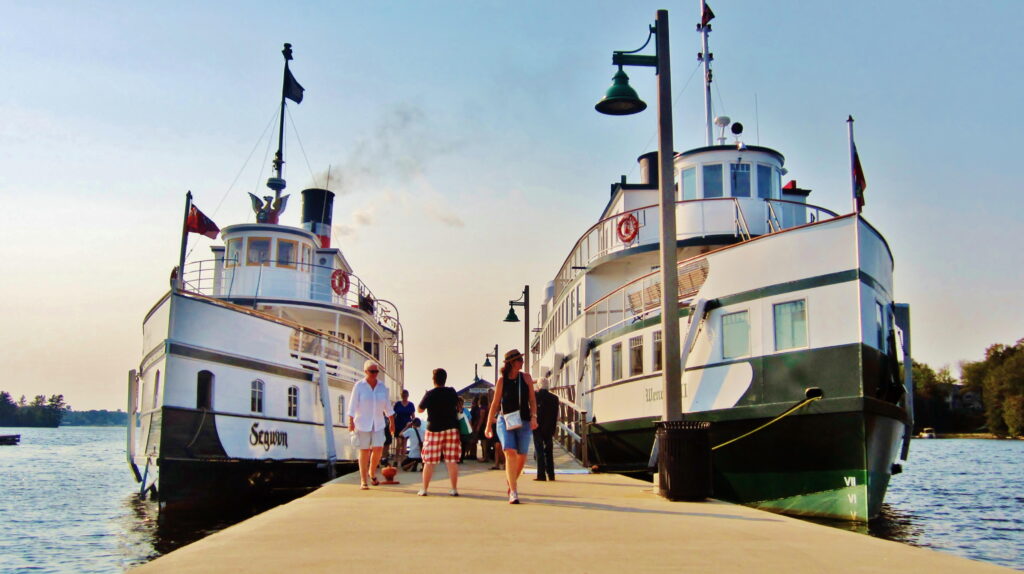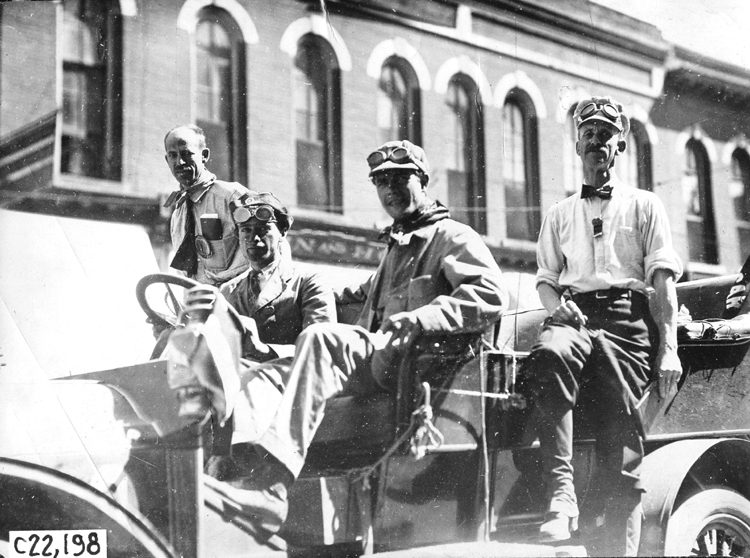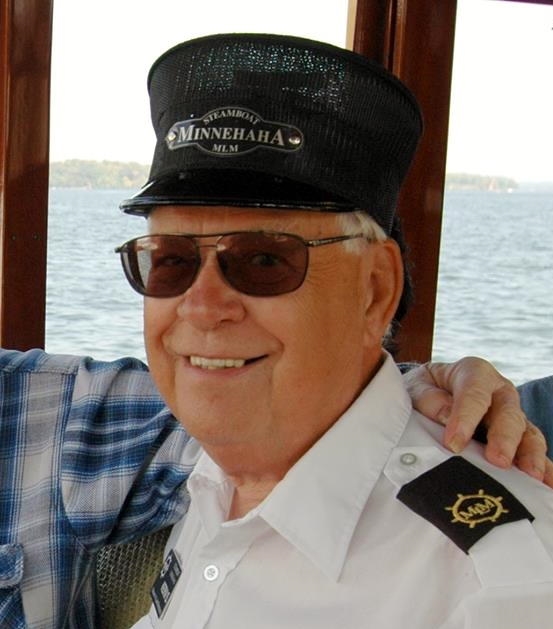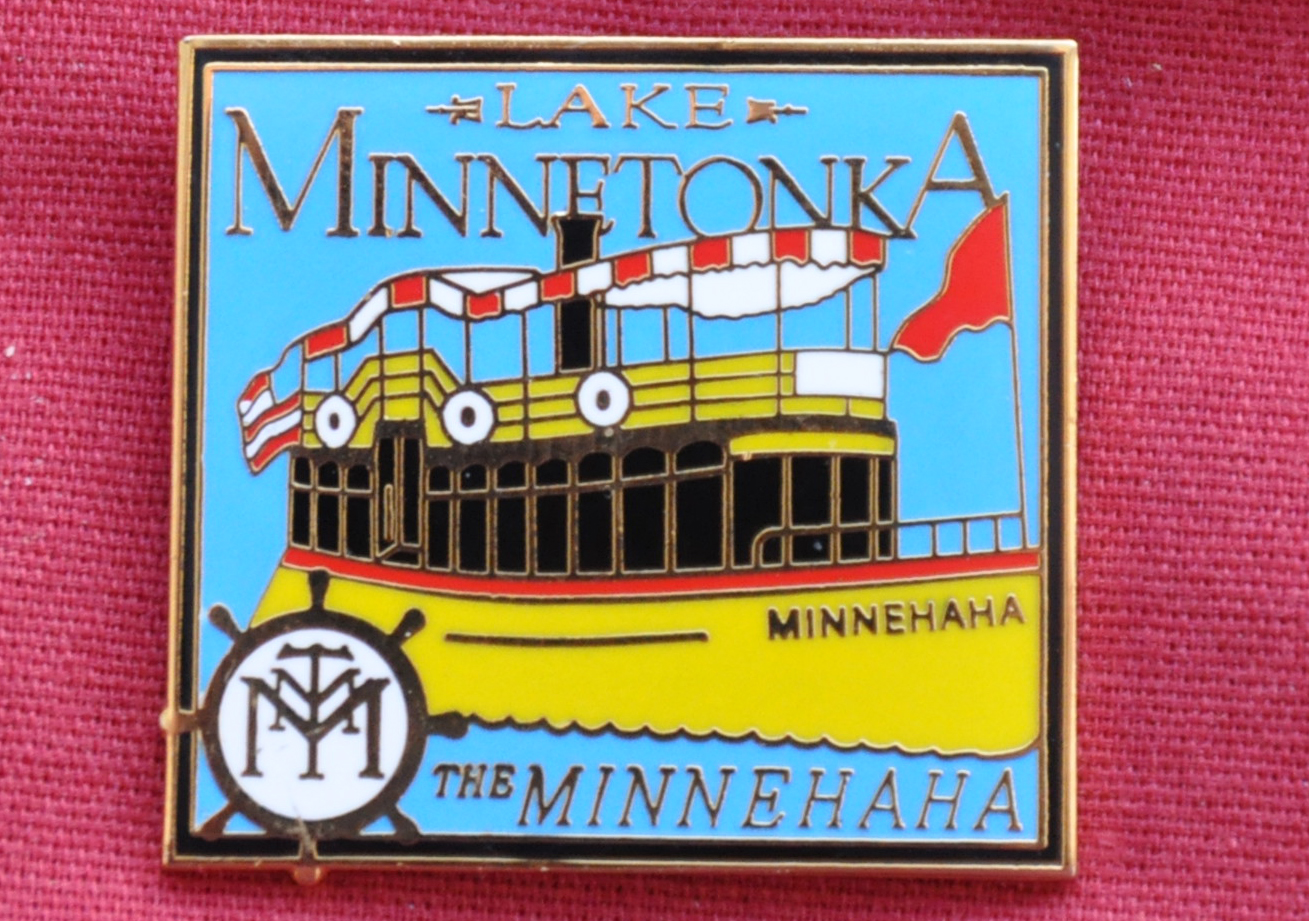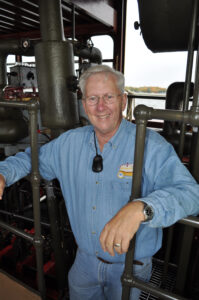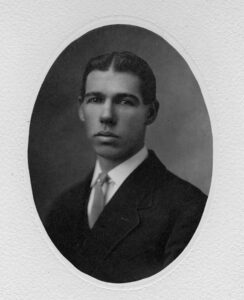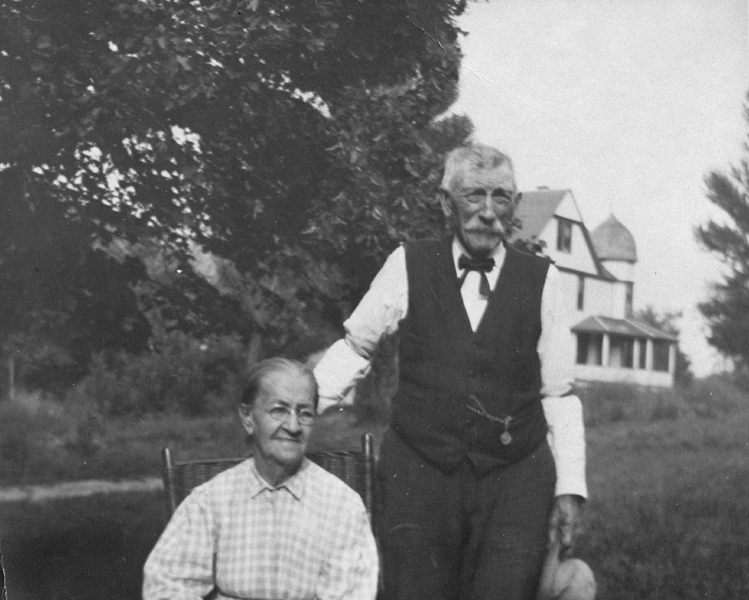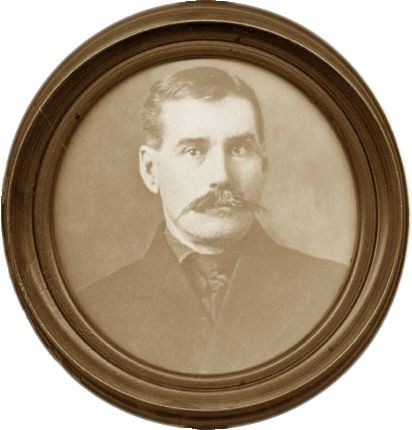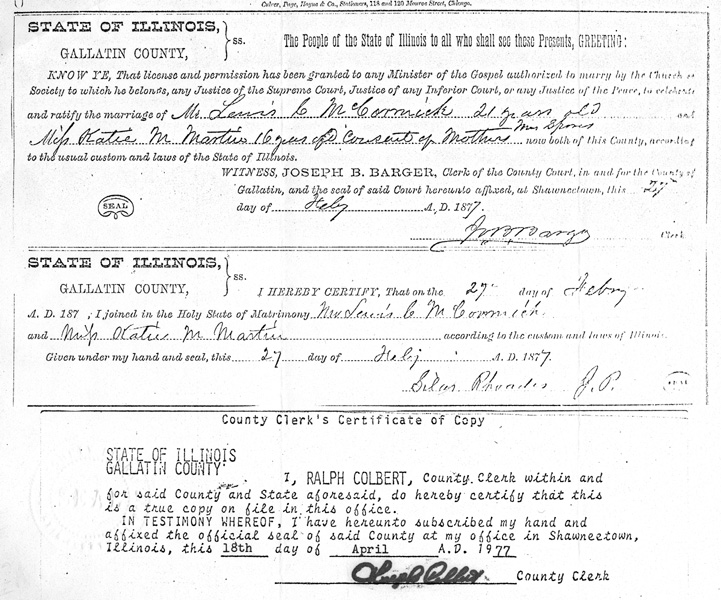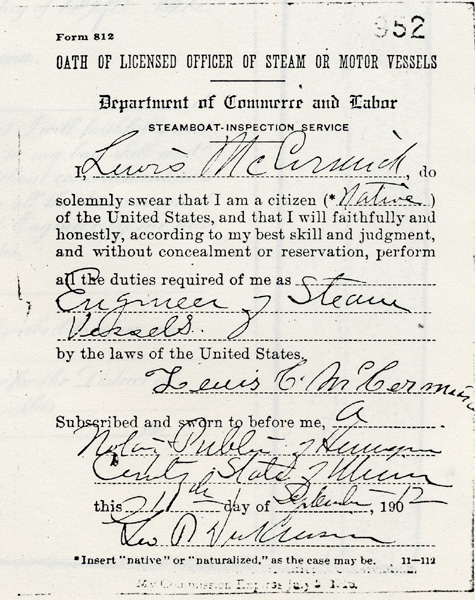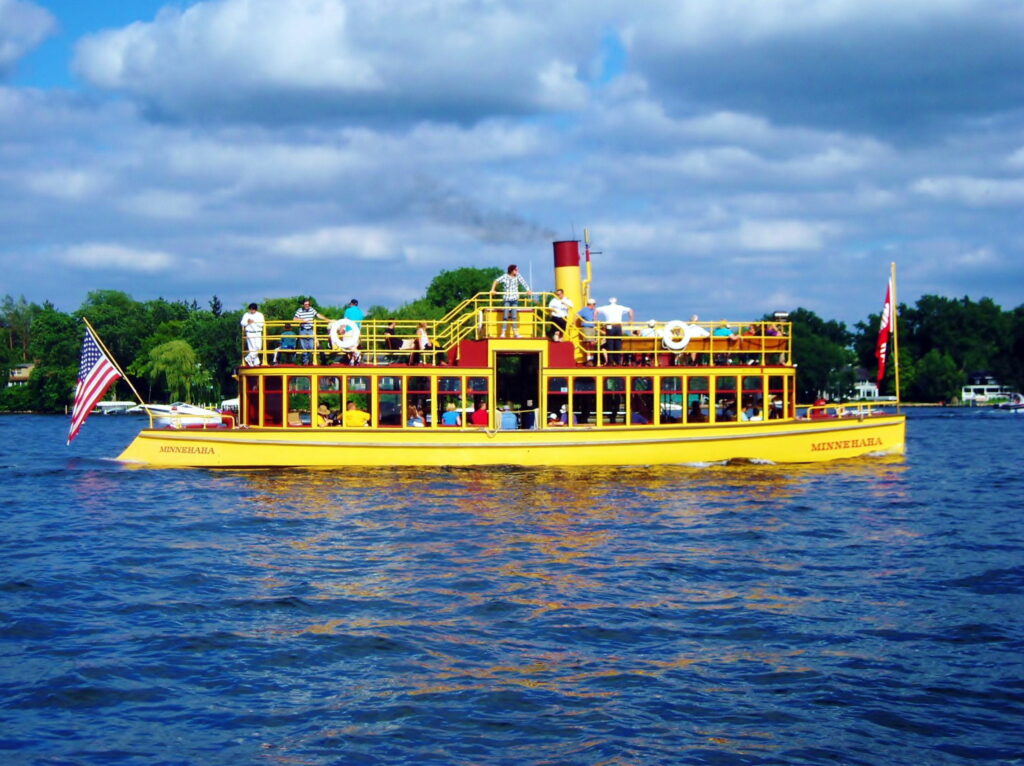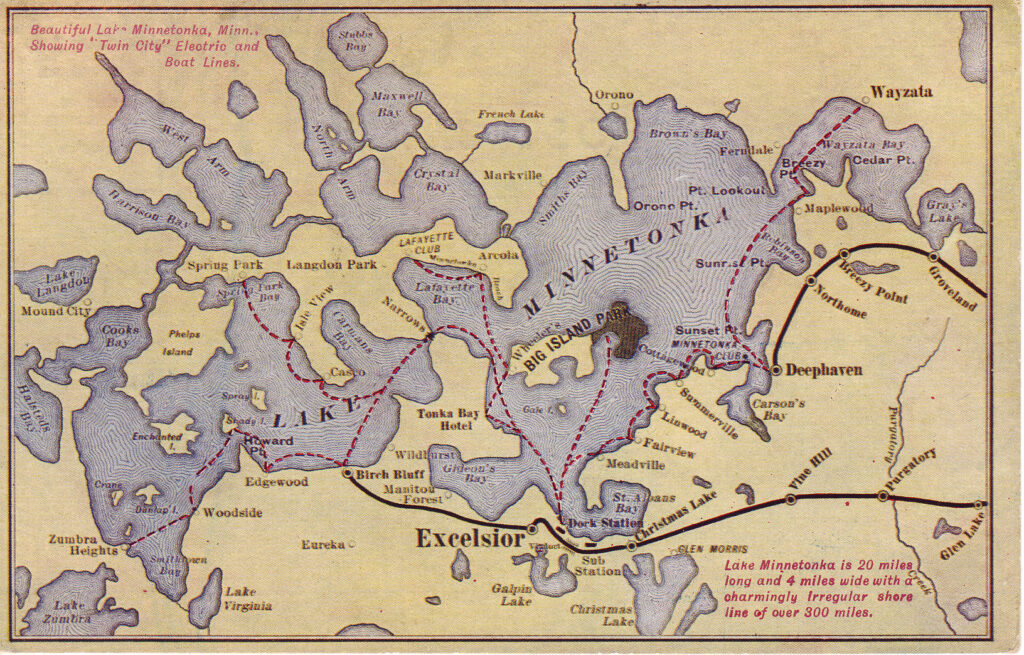By Aaron Person
Segwun, in Algonquin, means springtime. Thus, the first sounding of the RMS Segwun’s steam whistle marks the arrival of spring on Lake Muskoka. Muskoka, approximately ninety minutes north of Toronto, is a glimmering network of channels and bays hidden within the forests of Ontario. It is much like Lake Minnetonka in this regard. Muskoka is also a mecca among antique and classic boat enthusiasts with annual shows and rendezvouses being among the region’s biggest summer highlights. Crowning above all other historic craft, however, is perhaps the most well-known icon of the Muskoka region: the RMS Segwun – a gleaming white passenger steamship approximately 125 feet long, three decks tall, with a red and black funnel atop her superstructure. She cuts through the water ever so gracefully, blowing her signature steam whistle for onlookers waving from shore, just as she has done for over 120 years.
Built as the side-wheeler Nipissing in 1887, the ship now known as Segwun was put into service as a packet boat that would bring people and goods to and from a number of landings all around the lake, making stops at resorts and private docks along the way – a service which essentially mirrored that of Minnehaha‘s. All connections to civilization were tied in the communities of Bracebridge and Gravenhurst, where summer tourists and lake residents alike would arrive by train from Toronto, Montreal, New York, Detroit, and beyond.

